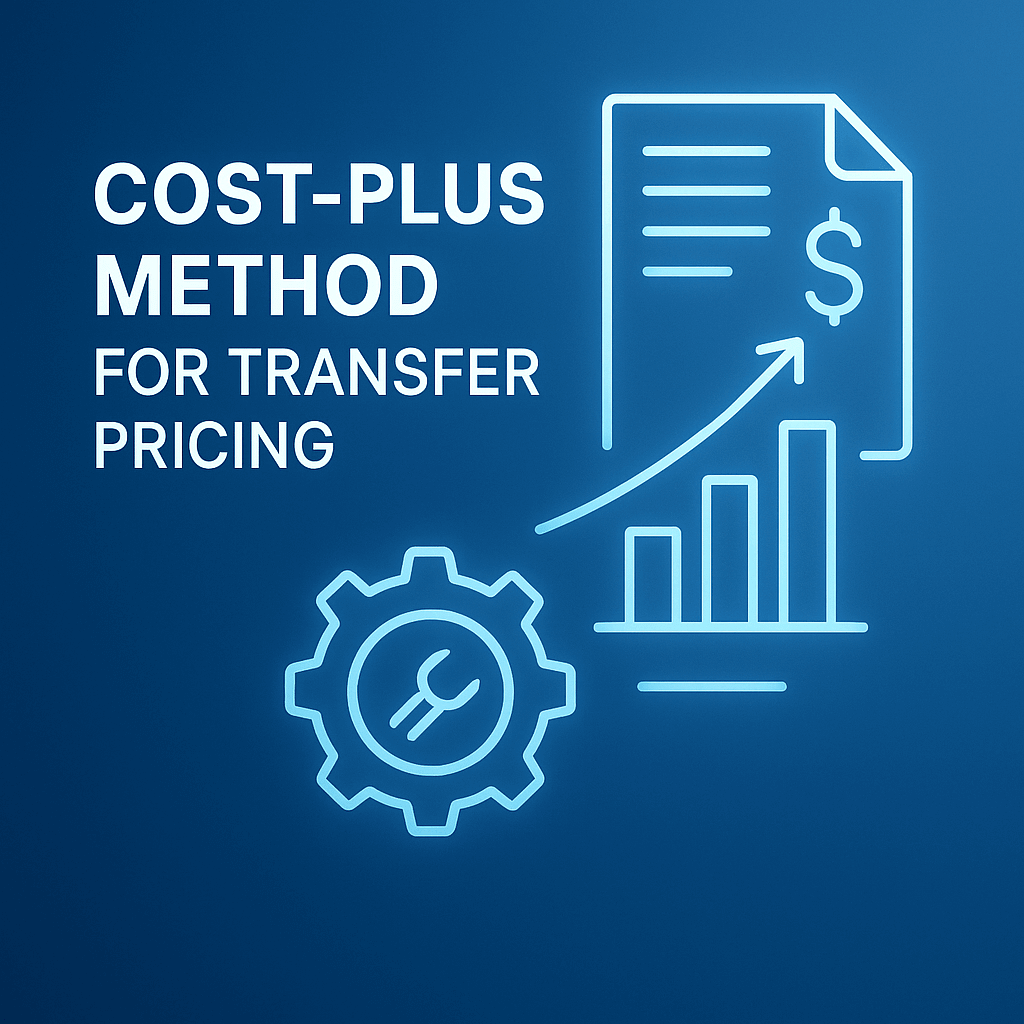When conducting a transfer pricing study, one must select the most appropriate comparison method to show that the prices set in a controlled transaction (i.e., a transaction between related parties) are at arm’s length. Within its transfer pricing guidelines, the Organization for Economic Cooperation and Development (OECD) outlines the methods that can be employed and categorizes them into two distinct groups: traditional transaction methods and the transaction profit methods. The Comparable Uncontrolled Price is categorized within the traditional transaction methods group, along with the resale price method and the cost plus method.
The Comparable Uncontrolled Price (CUP) method is a transfer pricing approach that evaluates the arm’s length nature of a price by comparing the price charged for property or services in a controlled transaction to that of a comparable uncontrolled transaction under similar circumstances. The CUP method sets a high standard of comparability, requiring substantial similarity in both the property and the surrounding conditions between the controlled and uncontrolled transactions. Factors considered for comparability include the product quality, sales volume, market level, geographic location, transaction date, and available alternative commercial arrangements.
How does the Comparable Uncontrolled Price method work?
As mentioned above, the comparability standards of the CUP method are very high. For the purposes of applying the CUP method, a controlled transaction and an uncontrolled transaction will be deemed comparable if the following conditions are met:
- There are no disparities between the compared transactions that would have significant impact on the prices; or
- Reasonable adjustments can be made to account for the mentioned differences.
When comparing the transactions, the following aspects should be considered: the features of the goods or services, the terms of the contact, economic conditions, and business strategies.
It is important to conduct a thorough examination of the products or services, this is because the price may vary due to differences in them. Even though this compatibility is essential, one shall not ignore the other comparability factors.
The reasonable adjustments might be done to account for delivery terms, volume of sales and related discounts, etc. adjustments that may not be done are to account for unique and valuable trademarks and fundamental differences in products.
Using the transactions that were deemed comperables the arm’s length range can calculated. To be consider as price that aligns with the arm’s length principle, the price of the controlled transaction should be either in a range within the overall range (e.g., interquartile range) or in the overall range, depending on the regulation on the related countries. In Israel for example, if there weren’t any adjustments made, the price of the transaction can be within the overall range.
The application of the Comparable Uncontrolled Price method
Let’s look at a simple example of the application of the CUP method.
Consider company A that operates in country X and its related party, company B and an unrelated party company C both in country Y. Company A manufacturers coffee and sells it to both company B (“transaction 1”) and company C (“transaction 2”).
There is also company D in country X that manufactures coffee and sells it to an unrelated party, company E, in country Y (“transaction 3”). After conducting a comparability analysis, it was determined that this transaction is comparable to the transaction 1.
Now we can compare the price set in transactions 2 and 3 to that of transaction 1.
If the price of transaction 1 falls within the range (considering that the related countries allow for the use of the whole range) of the prices set in transactions 2 and 3, then we can conclude that this price aligns with the arm’s length principle.
Suitability in different contexts
The suitability of comparable uncontrolled price method can vary depending on the specific context and characteristics of the transaction. Here’s an overview of the some of the different scenarios in which the method is applicable:
- At times when one of the parties to the controlled transaction is involved in a comparable transaction with an unrelated party. At this event all the data related to the transaction can be relatively easily accessed, and if there are difference, they can be
- When the transaction has to do with commodity goods, and if there are difference, they are either insignificant or can be readily adjusted for.
Advantages
Like all transfer pricing methods, the CUP method has its strengths and weaknesses that warrant careful consideration before its application. No single method is flawless for every scenario, so your choice should be based on a case-by-case analysis.
The advantages of the CUP method include:
- Directness: It stands as the most straightforward approach to ascertain arm’s length conditions since it relies on actual market prices, as opposed to the profits. This makes the CUP method less prone to be affected by changes and differences in non-transfer pricing factors, e.g., different accounting practices.
- Two sided method: the CUP method bypasses the issue of the choice of the tested party among the related parties to the transaction.
- The OECD favors the usage of the CUP when comparables data is available for analysis.
- Suitability for Commodity Transactions: The CUP method is highly suitable for commodity transactions due to their high comparability and the availability of reliable comparables data, making the analysis relatively easier. Note that in this kind of transactions, there still might be a need to make some adjustments, if there are difference between the conditions in the compared transactions.
- Strong Supporting Evidence: The CUP method provides substantial evidence to present to tax authorities, directly demonstrating that your transaction aligns with prevailing market conditions. This helps manage and minimize risks associated with transfer pricing and taxes.
Disadvantages
Finding comparable uncontrolled transactions that meet the stringent comparability criteria of the CUP method can be challenging, as even minor differences in products or conditions can significantly impact prices. Despite this hurdle, adjustments can be applied to mitigate the effects on price. It’s essential not to be discouraged by the difficulties encountered during these adjustments, especially if the CUP method remains the most suitable choice for your analysis.
However, it’s crucial to acknowledge that adjusting can potentially reduce the reliability and accuracy of your analysis when using the CUP method. The extent and reliability of the adjustments will play a significant role in determining the overall robustness of your findings.
Challenges in Applying the CUP Method
Determining the relevant characteristics and conditions of uncontrolled transactions can be challenging, as it requires evidence from comparable transactions between unrelated parties. Adjustments may be necessary to ensure reliability, but the extent and reliability of such adjustments can impact the results obtained from the CUP method compared to other methods. The OECD Guidelines recognize the difficulties in making accurate adjustments and suggest a flexible approach in the application of the method, without routinely precluding its use.
Despite the challenges, the CUP method is considered the most direct and reliable approach when comparable uncontrolled transactions can be identified. It allows for a straightforward application of the arm’s length principle. The CUP method can rely on either internal comparables, involving the taxpayer’s transactions with independent enterprises, or external comparables, involving transactions between other independent enterprises. However, strict product comparability requirements make it particularly suitable for establishing arm’s length prices in the sale of commodities traded on a market and certain financial transactions, such as lending money, where publicly available market prices can be utilized.
Our firm specializes in international taxation and provides our clients with a comprehensive assistance for their transfer pricing needs. To schedule a consolation call with our team, click here.









